There correct pruning of the hazelnut tree it is essential to have healthy and productive trees. The hazel is becoming one of the most cultivated fruit trees in our country, both at an amateur level and in specialized hazelnut groves. However, its pruning is not easy and you need to have the right technical precautions to practice it in the right way. In fact, it is very important to distinguish between farm pruning and production pruning, i.e. the cuts that are carried out in the first years to set the shape, and the annual interventions that instead regulate the productivity of the plant.
In this article we find out everything you need to know to prune hazelnut trees in the best way.
When to prune the hazelnut tree
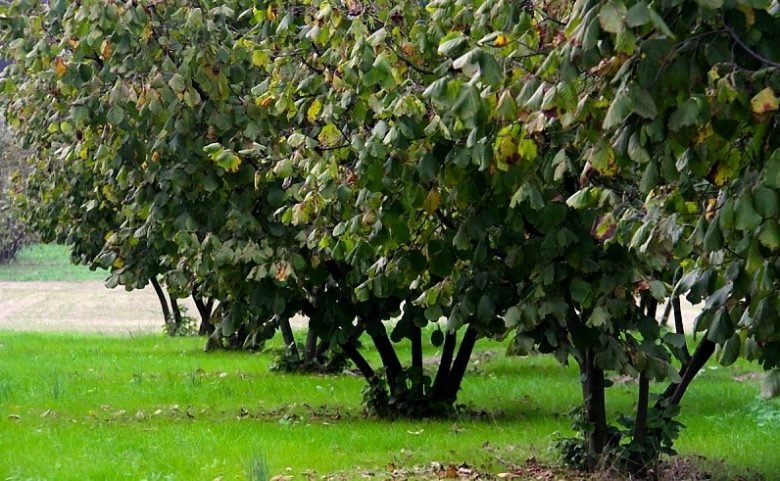
The ideal period to carry out the pruning of the hazelnut tree is winter, between the fall of the leaves and the beginning of flowering. It is about one of the first fruit trees to bloom, between January and February, for this reason, it is sometimes difficult to intervene at the exact moment of vegetative stasis. If you do not manage to act in time, you can still prune even in flowering, if nothing else, in this case the movement of pollen caused by the various cutting operations favors thepollination.
Cultivation pruning of the hazelnut tree
The hazelnut breeding pruning is performed in the first years after the planting and is used to set the chosen shape. The tree has a strong tendency to emit basal suckers, for this reason we try to indulge its attitude. The main forms of hazelnut cultivation are: bush, bushy pot, sapling.
Let’s see how they are set up with breeding pruning.
Bush core
The growing of the hazelnut bush favors the natural bearing of the plant. This, without any pruning, would turn into a thick bush.
To understand how this type of pruning takes place, let’s consider the planting of astoni (suckers) taken from the stump, an operation that is usually done in autumn. No interventions are performed in the first year. In the autumn of the second year, the rod must be cut at ground level. With this operation, the plant will emit numerous vigorous shoots, or suckers. Of these, you need to choose from 4 to 8, which will form the main stems of the bush. The advice is to choose the most vigorous ones, better positioned and well spaced from each other. This form of farming is called policaule. It allows you to have plants with fruits that are easy to harvest and that do not reach high heights.
Bushy vase hazelnut
Similar to the bush is the bush-shaped hazel, another form of policaule breeding. In this case, however, the branches do not start directly from the ground level, but are impaled 40-50 cm above the ground. For the setting of the bushy pot with the breeding pruning, the topping cut is carried out already in the first year of planting.
New shoots will be born at the cutting point. Of these, in the second year, 4-5 are chosen, the best oriented, which will become the future branches of the tree.
The bushy vase shape facilitates the subsequent cleaning operations at the base of the plant (sucking off and cutting the grass).
Sapling core
The tree pruning of the hazelnut tree is more suitable for those varieties with poor polloniferous aptitude. It is a monocaule form, with a single stem from which the primary branches depart at the desired height. For the setting it is necessary to intervene with the planting of the astoni in autumn and cutting to the ground. Then, in the summer of the following year, the most vigorous shoot to breed is chosen. This will be cut at the end of the season at 80-90 cm from the ground. Finally, in the following years a central axis is maintained and the branches (usually 4) oriented in the right way are chosen, to give volume to the sapling.
The production pruning of the hazelnut tree
In hazelnut cultivation, production pruning has the following general objectives: to contain the strong polloniferous attitude of the plant; maintain the balance of the thick foliage; regulate the production load, in order to avoid the alternation of production with years of charge and discharge; eliminate the parts damaged by the action of atmospheric agents or attacked by parasites; remove excess tree branches; let so much light into the foliage.
When to prune
After the rearing phase in which the structure of the tree is established, from the 4-5 year onwards the pruning operations for the production of the core begin. To prune the tree correctly, some of its peculiarities must be taken into account: the production of hazelnuts takes place on the branches of 1 year of age, at least 15-20 cm long; the branches that fructified in the previous year will no longer bear fruit, but will give rise to new fruiting branches; the fruits are born and ripen well in the most illuminated parts of the foliage.
On the basis of these characteristics, we must calibrate our interventions (in addition to the suckling).
How to prune
To practice the production pruning of the hazel, first, you need to cut the short branches that we know will not produce. In this way, we will channel all the energy on the productive branches. Then, in the productive / juvenile phase of the tree up to 15 years of age, pruning is limited to the elimination of the supernumerary exhausted sub-branches and the suckers, cutting, in particular, the branches that point inside the crown, subtracting light . Greater lighting, in fact, favors the elongation of the branches and therefore a quantitatively greater production.
In the phase of full production, which occurs in the pit from the fifteenth year of life onwards, the cuts must be more incisive and aimed at keeping the plant healthy.
Finally, it is recommended to make back cuts on the branches, in order to stimulate the production of new wood.
How to remove suckers correctly
The main operation of the core production pruning is the so-called suckering. Suckers grow quickly from the base of the tree and compete with the rest of the vegetation, compromising production.
The removal of suckers can be done both in winter and in spring. The cut must be clean and very precise, so you must avoid leaving stumps in correspondence with the collar. To do this, we recommend using well sharpened tools. To facilitate the operation, the ground around the collar can be slightly undermined, so as to glimpse the roots and be able to cut at the point of intersection. Obviously the tree roots they must not be damaged.
The brutalization of the core
Another pruning technique that is applied to the hazel is the bruting. The goal is to thicken the foliage and stimulate a luxuriant flowering. This operation is carried out in the summer months, breaking the lateral branches of a more vigorous year and which are at least 30 cm long, leaving the piece of branch semi-detached and dangling.
In winter we will intervene with a pruning cut to eliminate the broken part just below the brutalization point.
Renewal pruning
On hazelnut trees a little later with age, renewal pruning can be carried out. The interventions are more drastic and have the aim of rejuvenating the plant. This technique is practiced by removing the branches that are too old, damaged by time, by diseases or parasites of the wood.
In bushy forms, the branches are cut from the ground and, over time, are replaced by new basal suckers. In the tree form, on the other hand, the branch is eliminated at the point of intersection and new shoots are expected from there. They will, therefore, rejuvenate the plant.
An even more incisive intervention can be done by cutting the tree at ground level, in order to start again with a new tree.
Mechanical pruning of the core
In intensive hazelnut groves, where pruning operations are very expensive in terms of labor, mechanical pruning has been experimenting for some years. For prune the hazelnut mechanically we use pruning equipment with cutting bars equipped with 4-6 discs. The latter are mounted on a telescopic castle, with which it is possible to carry out both lateral and topping cutting operations. It is obvious that manual pruning is more precise, with targeted cuts and rational interventions. Often, however, in income-producing horticulture, the focus is more on saving costs than protecting the trees.

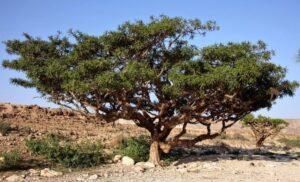
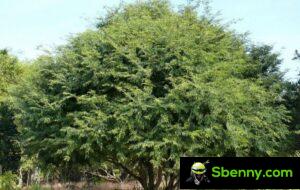
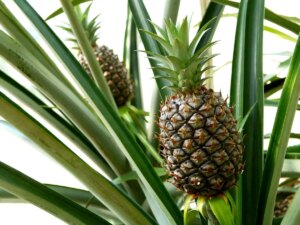
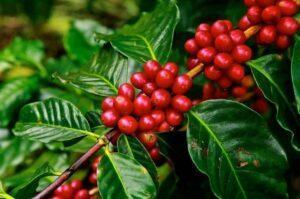
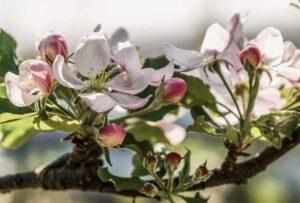
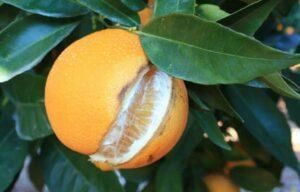
Start a new Thread